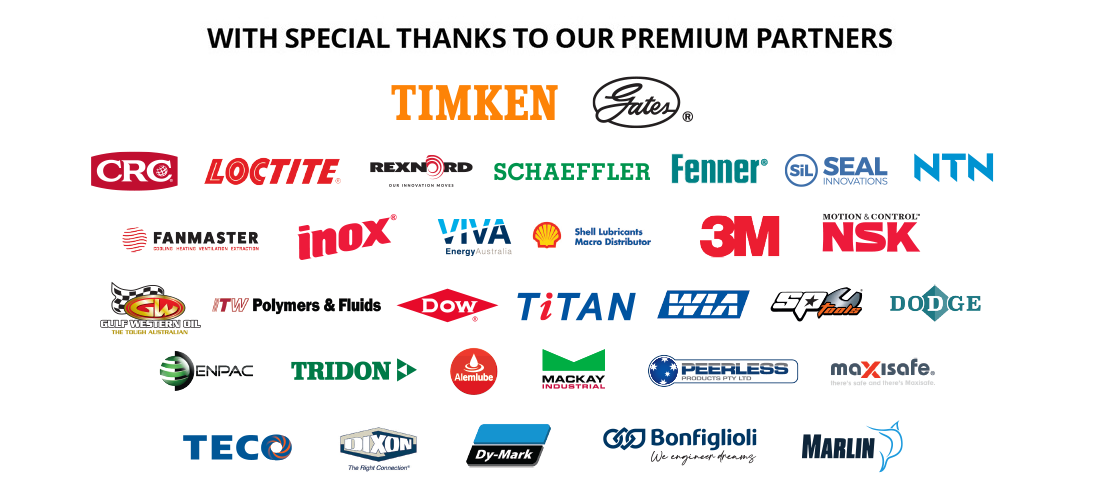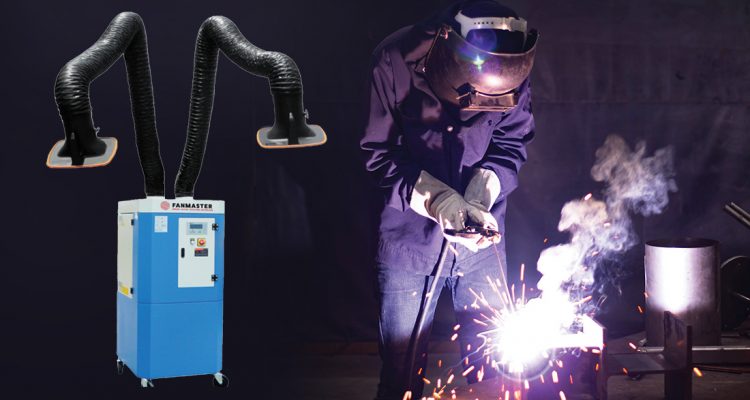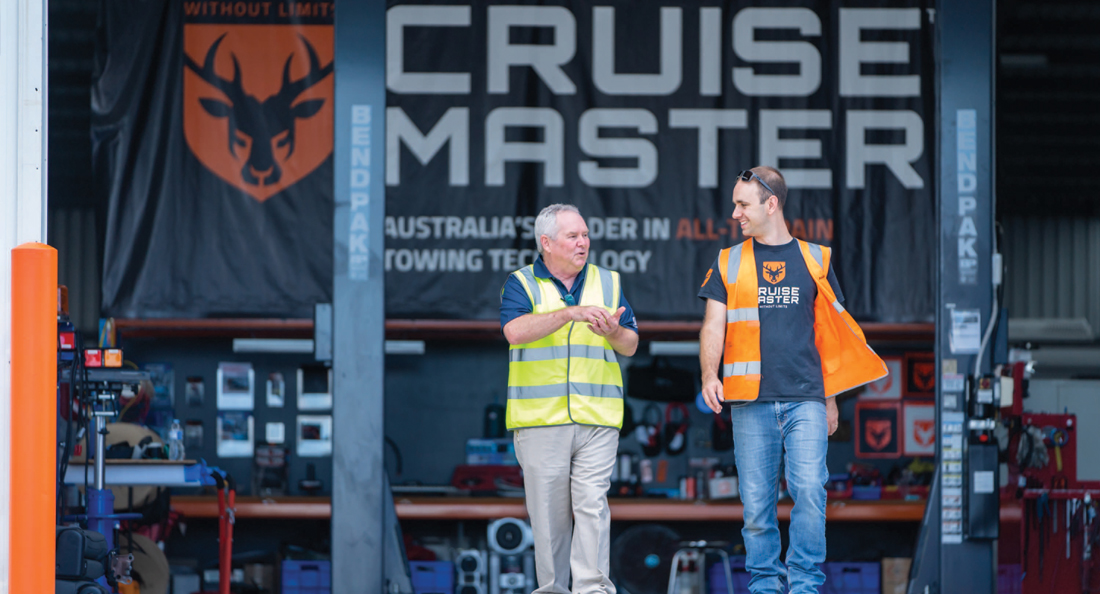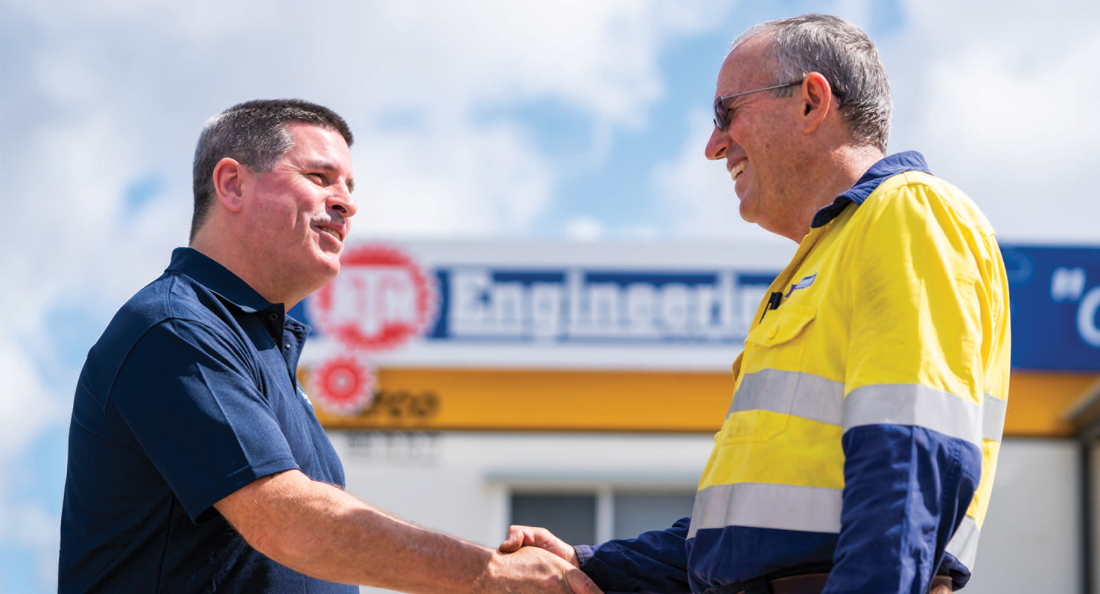Fabrication can be a dangerous business if proper ventilation methods are not put into place, hazards assessed, and adequate risk controls put into practice.
Traditionally, fabrication workshops would allocate areas for activities such as welding, grinding, or cutting steel to small, confined spaces to prevent toxic fumes being emitted into larger spaces in the facility—but studies have shown that these legacy practices can cause disease following long term exposure.
As a result, Australia has seen recent changes to Occupational Health and Safety (OHS) regulations for workshops, explains CBC Product Manager, David Malthouse.
“Good quality industrial ventilation is critical to the health and safety of people working closely on fabrication projects within the manufacturing segment,” he says. “Welding fumes in particular, consist of fine metal particles that contain carcinogens like oxides, fluorides and silicates that pose significant health risks to workers.”
As part of the recent changes to OHS regulations, welding fumes were classified as Grade-1 carcinogens by the International Agency for Research on Cancer (IARC), after research into the long term effects revealed that legacy welding practices were resulting in lung cancer and neurological disease.
“SafeWork has mandated that welding fumes be treated as cancer agents and risk management plans be put in place in every welding workshop to ensure fumes are isolated and removed to be replaced with clean air in every workshop,” says David.
“One of the ways this is being accomplished is through portable ventilation fans that isolate the fumes immediately on an application from directly above every welding station as they occur.”
For excellent portable ventilation solutions, David recommends Australian-owned and operated Fanmaster, citing their unique presence on the industrial ventilation market with their engineered systems— specifically designed for industrial-scale operations.
Troy Lopez, General Manager at Fanmaster, explains that there are three key considerations to be made when selecting an industrial fume extraction system: premium quality filtration, portability, and space requirements.
“New regulations mean there can only be a certain amount of fumes permitted per cubic meter in a welding workshop,” says Troy. “So, it’s important to consider the size of the space that requires ventilation.”
“Our portable extraction fans use the highest quality HEPA filters on the market to capture about 99% of particles,” he furthers. “Which effectively removes toxic fumes from any space as soon as they are released into the air.”
Evident by a quick trip to Fanmaster’s website and blog, it is clear Troy’s team are invested in educating customers about the hazards and risks of improper ventilation on welding applications.
“We encourage our customers to understand their application and know their workspace so we can in turn, provide the right solution,” explains Troy.
“We try to assess our customer’s needs by asking key questions,” he furthers. “What areas of the workshop require the most attention? What are the dimensions of the workspace? What materials are being worked on? Are we looking at removing fumes, dust, heat, or all of the above? Depending on the application, extraction fan solutions can vary.”
In addition to long-term health benefits for fabrication workers, David concludes that the new regulations have long-term benefits for the environment as well.
“In an effort to cut down on greenhouse gas emissions, the government is incentivising businesses to reduce the release of chemicals and fumes in the air that can contribute to global climate conditions,” he says.
“In this way, it is actually becoming more financially beneficial to companies to follow guidelines and take the necessary steps to mitigate environmental risks, and CBC is looking to assist customers in implementing more net zero solutions.”
For more information on how to align with new welding safety regulations, consult with a CBC expert today.




